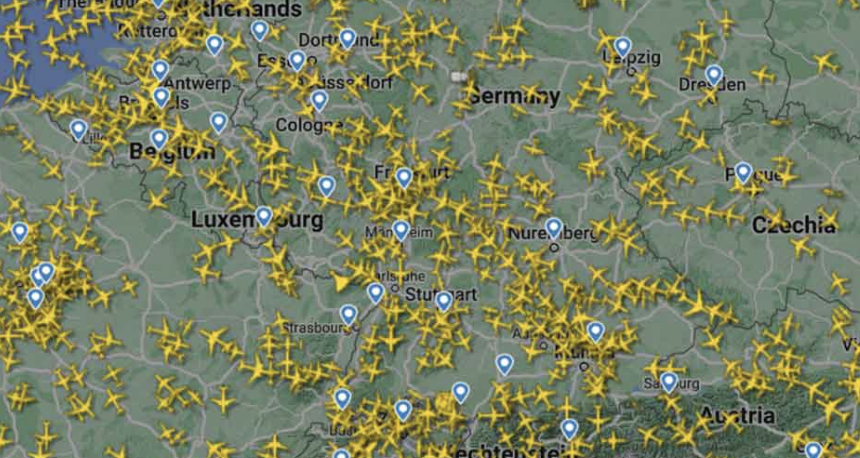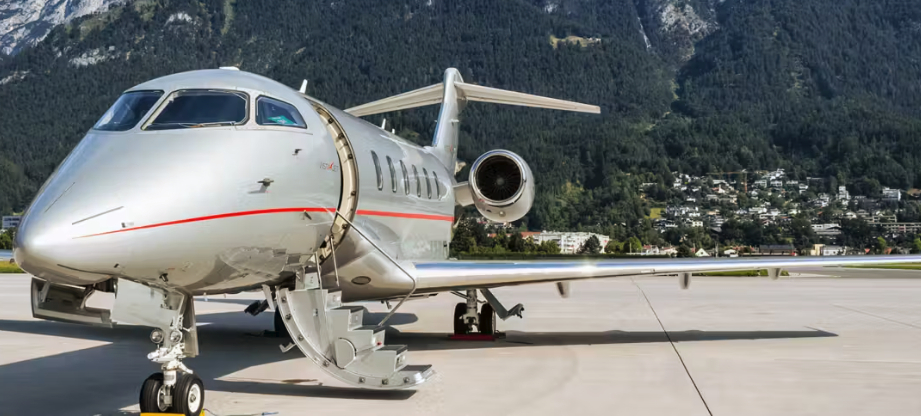Part 135 vs. Part 91 - The key differences to be aware of
Part 91 and Part 135 refer to different sets of regulations established by the Federal Aviation Administration (FAA) in the United States regarding the operation of aircraft. Here are the key differences between the two:
1. Regulatory Framework:
- Part 91: This regulation governs general operating and flight rules for civil aircraft in the United States. It applies to both private and commercial flights but is primarily focused on non-commercial operations.
- Part 135: This regulation specifically deals with commuter and on-demand operations. It applies to commercial air carriers that provide charter, air taxi, or air ambulance services.
2. Operational Control:
- Part 91: Under Part 91, the aircraft owner or operator has more flexibility and control over flight planning, scheduling, and execution. There are fewer regulatory requirements compared to Part 135.
- Part 135: Flights conducted under Part 135 have more stringent operational requirements, including crew duty and rest time, maintenance standards, and operational control responsibilities. Operators must adhere to specific regulations related to aircraft maintenance, crew training, and operational procedures.
3. Aircraft Certification:
- Part 91: Aircraft used for Part 91 operations do not require specific certification beyond standard airworthiness requirements. However, they must be maintained in an airworthy condition.
- Part 135: Aircraft operated under Part 135 must meet additional certification requirements, including obtaining an air carrier certificate from the FAA. This certification process involves demonstrating compliance with more rigorous safety standards.
4. Pilot Qualifications:
- Part 91: Pilot qualifications for Part 91 operations are generally less stringent compared to Part 135. Pilots must hold an appropriate pilot certificate and ratings for the type of aircraft being flown, but there may be fewer additional training requirements.
- Part 135: Pilots operating under Part 135 must meet specific training and experience requirements established by the FAA. These requirements typically include recurrent training, proficiency checks, and adherence to duty and rest time limitations.
5. Flight Planning & Dispatch:
- Part 91: Flight planning and dispatch responsibilities primarily rest with the aircraft owner or operator. There are fewer formal requirements for flight planning, but pilots are still expected to exercise good judgment and adhere to safe operating practices.
- Part 135: Operators conducting flights under Part 135 must adhere to more formalized flight planning and dispatch procedures. This includes obtaining weather briefings, filing flight plans, and ensuring that all necessary resources are in place for the safe conduct of the flight.
Overall, Part 91 is more flexible and less regulatory-intensive, suitable for private and non-commercial operations, while Part 135 is designed for commercial operations and imposes stricter requirements to ensure safety and compliance.
‹ Back







